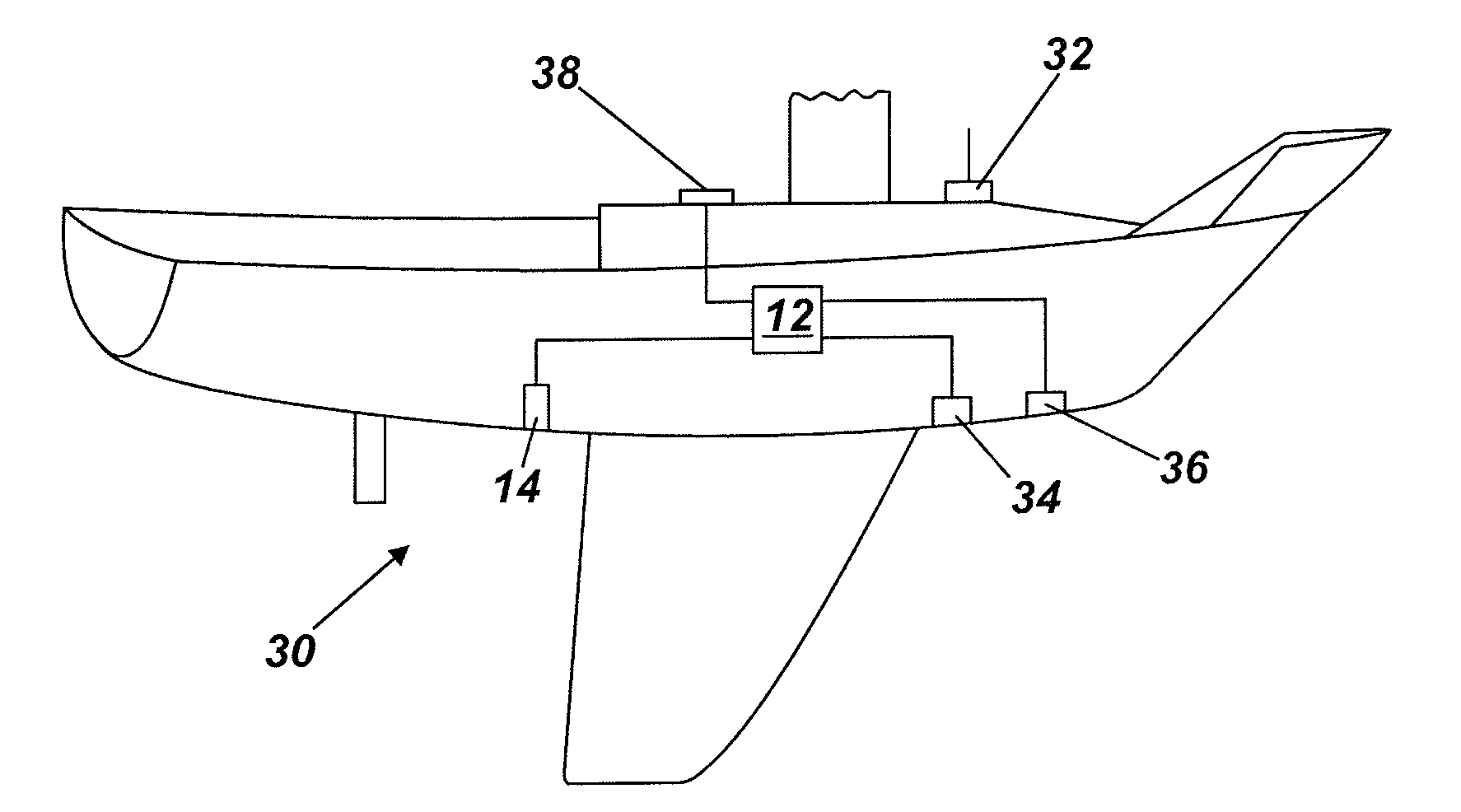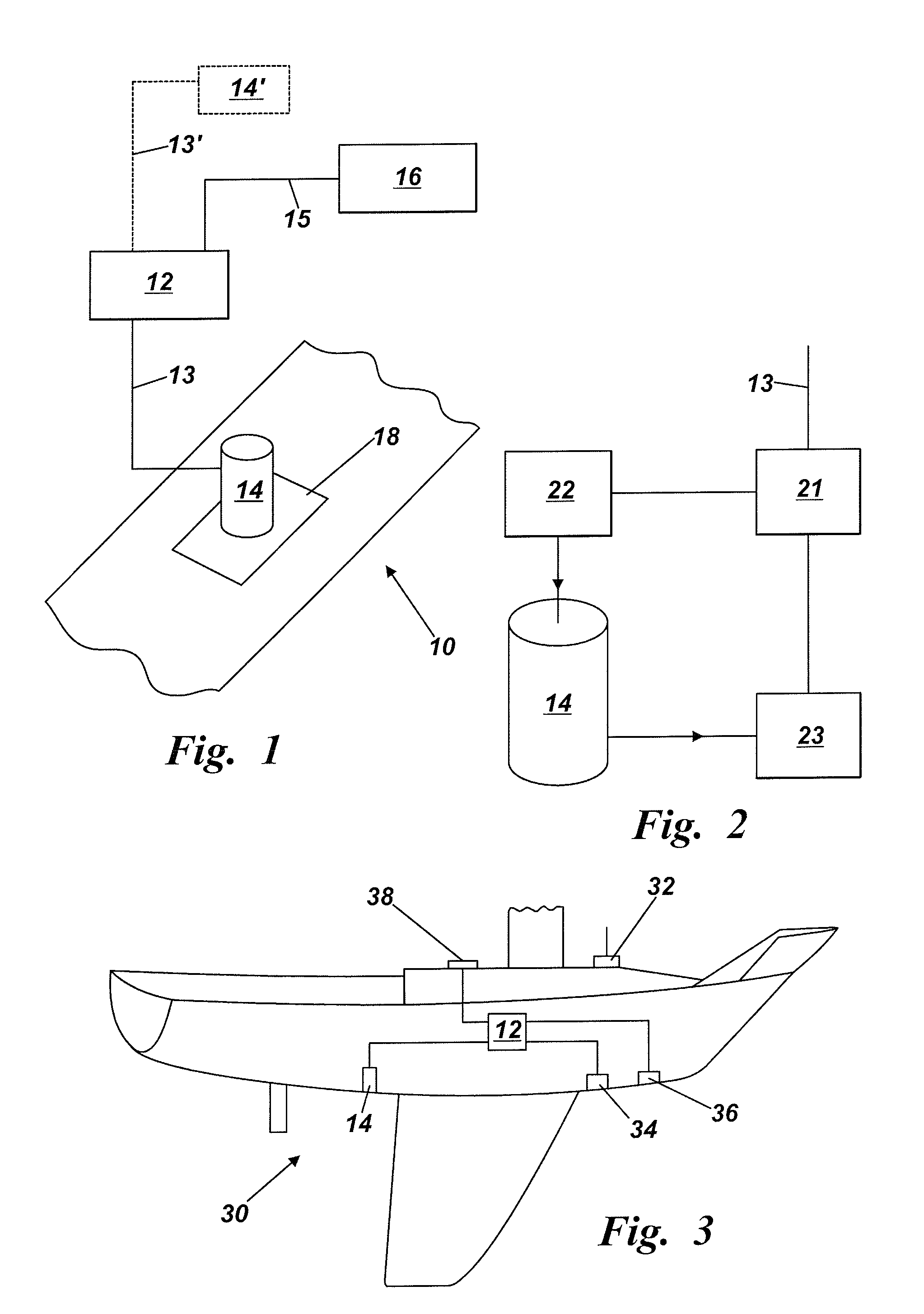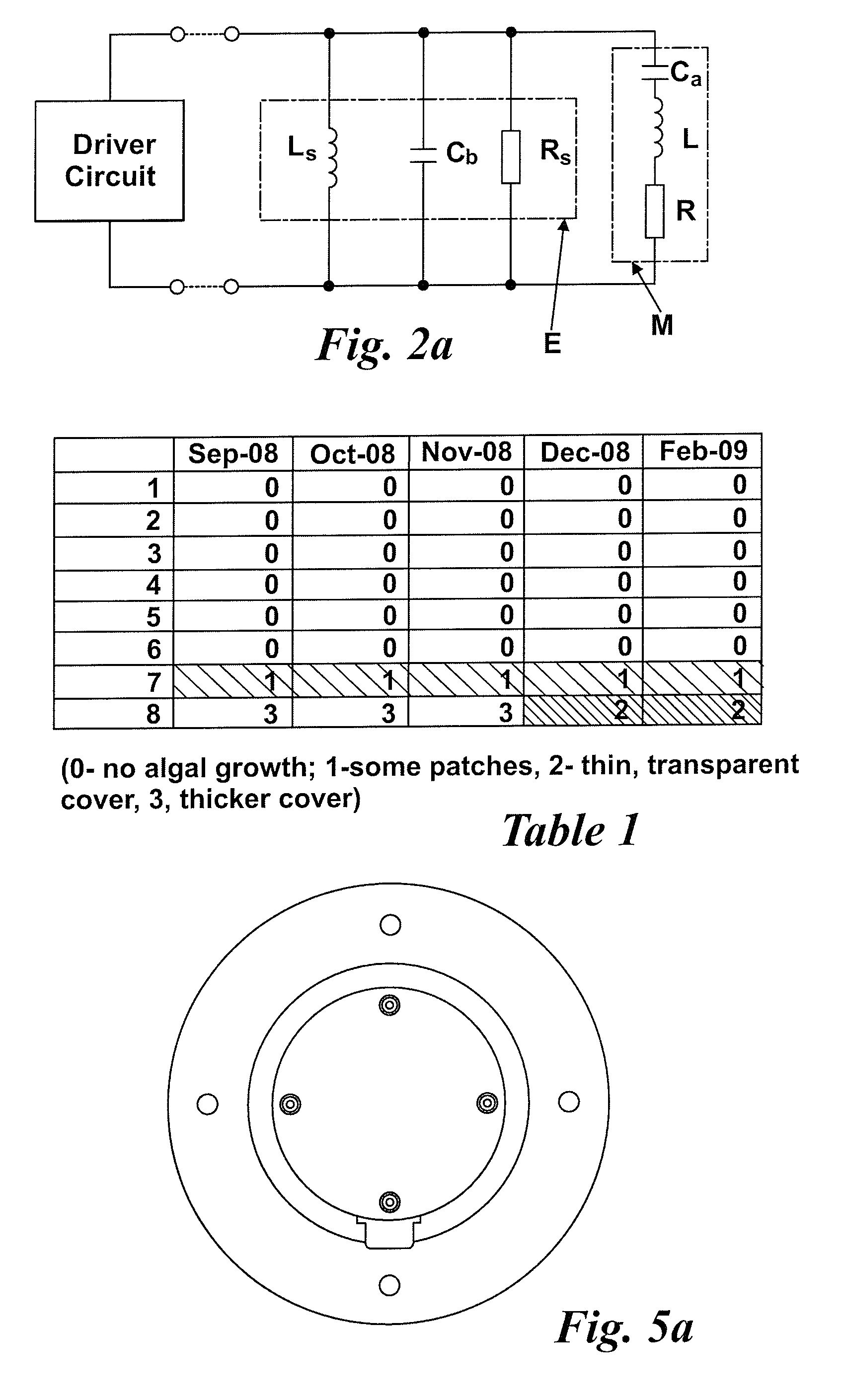Although such materials have effects of retarding growth of the corrosion, however, they contain
zinc, lead,
copper, etc, raising a problem of environmental
pollution due to
dissolution of these metals into
seawater.
In addition, none of these
coating materials can prevent the clinging of marine organisms, and if they cling to the structure, oxidation is accelerated by
oxygen sent out from the marine organisms, accelerating corrosion of the structure.
Fouling of marine vessel hulls and other structures in a marine environment has always been a serious problem—in respect of both sea-going and inland water vessels.
The formation of encrustations of barnacles, tunicates, and like fouling organisms, will increase the vessel's weight, thereby decreasing the available storage space, slow a vessel underway, increase its fuel consumption, and make it difficult to
handle, thus reducing the vessel's performance and efficiency.
On fixed structures, fouling increases weight, and thus structural loading.
Fouling also damages the vessel
hull base paint, thereby exposing the
hull to corrosion.
The effect of fouling on pipeline paraphernalia, oil rig platforms,
underwater observatories, hydroelectric plants and the like can be equally damaging and potentially dangerous, for example when an oil faucet cannot be closed, an oil rig safety-element cannot be deployed etc.
Equally, at jetties, harbours, marinas and the like seafarers alighting from or providing provision for a boat or ship can be disadvantaged by having fouling of tidal walkways, steps and the like.
Such walkways may even be dangerous, especially when
waves may cross the walkways.
Algae are found throughout the world and can cause nuisance problems in oceans, rivers,
water treatment plants, drinking water supplies, receiving water ponds, swimming pools and cooling towers.
The extermination of
algae is a problem, which has kept man busy since time immemorial.
They grow rapidly in stagnant waters when exposed to
sunlight and temperatures above 4° C. They can form objectionable slime and / or odours.
A slime algae bloom is difficult to get rid of.
Normally, slime algae are caused by an accumulation of nutrients and biological imbalance from the result of poor
filtration, lack of
oxygen, or high bio load.
However, these alternatives are frequently unavailable, or are available only after a long wait.
When a vessel
hull or structure is cleaned in place, it is common practice to use divers, however there are inherent dangers whenever a diver enters the water.
Additionally, damage may occur whenever a diver cleans a hull or structure.
When a vessel hull is cleaned in dry-dock, the vessel must be taken out of service to the nearest available dry-dock, which usually results in substantial adverse financial consequences due to the costs, not only for the required work, but also for the off-hire time.
Furthermore, removal of encrustations of marine organisms while at dock can raise significant regulatory and environmental concerns.
It is impractical to remove fixed structures from site for cleaning.
Remedies that have previously been tried include using toxic paints that slowly release marine growth inhibitors such as copper or
tin salts, or using
silicone based paints, which are ultra-smooth, making it difficult for fouling organisms to adhere to the surface of the vessel hull.
Also, these anti-fouling agents remain in the marine environment for a long period of time.
Therefore, the most toxic of the anti-fouling coatings are being banned worldwide and are being replaced by less toxic, but also less effective coatings.
For structures and vessels expected to operate in a marine environment for a long period of time, such as Floating Storage and Offloading vessels (FSOs) or Floating, Production, Storage and Offloading vessels (FPSOs), fouling is an even greater problem.
Additionally, many heavy-
metal based paints formally employed for such purposes are now banned by many national and supra-national governing bodies.
Due to their simplicity, algae cells are very basic and therefore most cells are weak.
Research has also shown that the ultrasonic
waves kill other harmful fungi and
restrict bacterium such as
legionella from multiplying.
However, such systems do not provide predictable control of the concentration of anti-fouling composition delivered to the hull.
In addition, the electrodes require regular maintenance, which may be difficult since the electrodes are positioned on the outside of the vessel hull adjacent the
keel.
However, ultrasonic systems are not without their basic problems of high
initial cost and continual need for an electrical power supply, either from a boat's internal
electrical battery—which would need to be maintained in a charged state—or an external marina based power supply, which may be rated at a nominal
alternating current domestic power supply or a
low voltage direct current supply at either 12 or 24 Volts.
Equally, for craft over 7-8 m then it has been the experience of operators of such craft that a single ultrasonic
transducer is not sufficient to prevent fouling.
It has also been shown that the use of multiple transducers upon a single boat can tend to reduce the overall effect because of the effect of standing
waves produced as a result of the contemporaneous use of two or more transducers.
 Login to View More
Login to View More  Login to View More
Login to View More 


